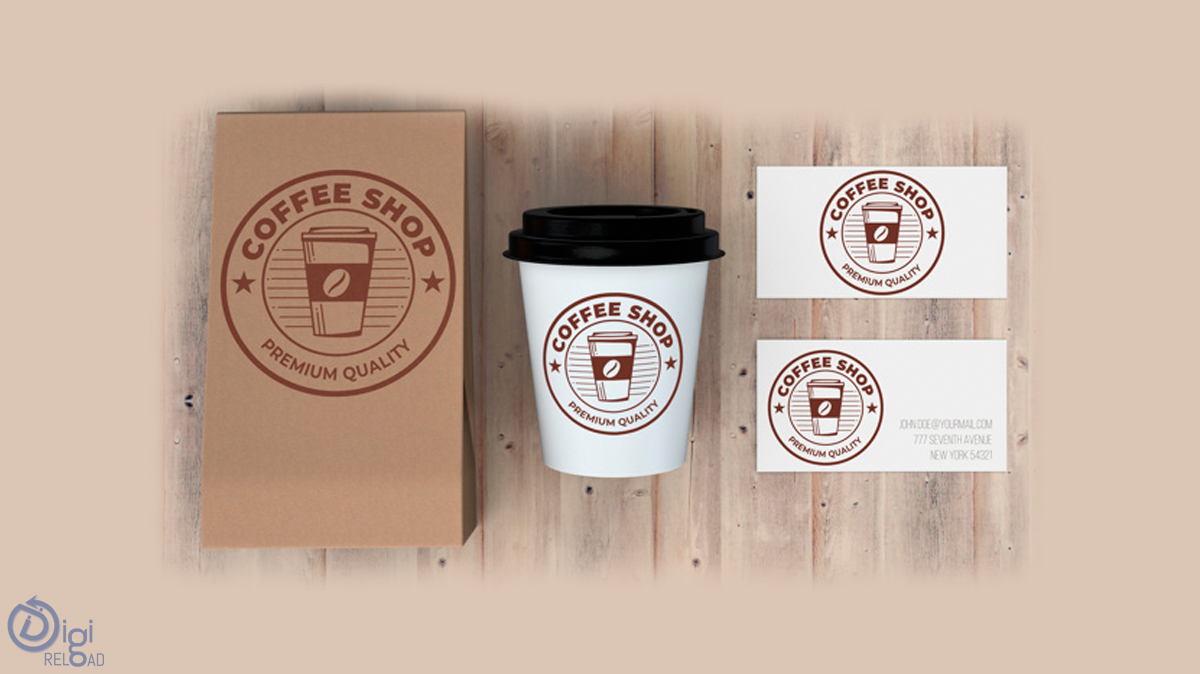What is Nanotechnology?
To understand the term Nanotechnology we first need to understand the term Nano. Technically, Nano is a metric unit of measurement and comes from the Greek word "Nanos" which means dwarf. Coming to the measurement part, One Nanometer is 10-9 meters or about 3 atoms long.
Sounds pretty technical right? Let's make it simpler to give you an idea of Nanometer measures-
- In one inch there are 2,54,00,000 Nanometers
- Thickness of a sheet of paper is about 1,00,000 Nanometers
- Your fingernail grows a Nanometer every second
- Width of an average human hair is about 60,000 to 1,00,000 Nanometers
Hope these numbers gave you a good idea about Nanometer measurements.
Let us now understand what is Nanotechnology and Top 5 Uses of Nanomaterials:
Nanotechnology is the science and engineering of small things and is divided into two parts - Nanoscience and Nanotechnology
Nanoscience is more chemical oriented stream where researchers learn about the chemical and physical properties of materials at the Nanoscale.
They research about Nanostructures which are the smallest things that can be made.
Whereas in Nanotechnology the researchers develop and apply researched Nanostructured materials to develop new products or methods.
Here are top 5 uses of Nanomaterials in creating products for personal or industry use:
Carbon Nanotube Body Armor
Nanotechnology is a boon to defence product industry of any country. Nanotechnology can be used to manufacture bulletproof vests. Bulletproof vests disperse a bullet’s force across a larger area than the point of impact, preventing it from penetrating the wearer’s body.
Kevlar has long been used as an effective means of enhancing traditional bullet-resistant material, but it has its own downsides. When a bullet is taken upon Kevlar, a large amount of force is dispersed across the vest and is also transferred to the wearer, which causes blunt force trauma.
Using Nanotechnology, researchers have now found a way to introduce Nanoscale carbon tubes into Kevlar material. This will bolster its ability to prevent blunt trauma from bullets.
Food Products and Packaging
Nanoscientists have been able to apply Nanotechnology into food products and packaging materials too. This helps manufacturing companies to tweak their products to make it more suitable to the customers while maintaining its taste, texture, color etc.
Nanotechnology has enabled the manufacturers to develop food items to match specific taste, texture, and nutrient density, for example, if a company wants to make its mayonnaise thinner, using Nanotechnology it could replace a portion of the fat content of each particle of mayonnaise with water content.
Not only this but even for packaging, Nanotechnology has been proved to enhance the shelf life and product quality. For eaxmple, SABMiller, a beer brewing company, incorporates flaky clay Nanoparticles in its plastic beer bottles to fill up more space in the walls of the bottle.
This makes it difficult for gases to escape or enter the beer bottle and ensures that the product retains its desired flavor for long.
Solar Panels
A traditional Photovoltaic solar cells panel is created using layers of expensive crystalline silicon that are treated using caustic chemicals, which is energy-intensive and can produce large amounts of waste and is expensive too.
Nanotechnology engineering has helped researchers in a great way as they have now developed ways to lower the cost of producing efficient solar cells through using Nanotechnology.
They now use Gratzel cell, which uses a layer of material coated with highly porous titanium dioxide Nanoparticles as its surface material instead of silicon, is less expensive to produce and allows cells to collect the sun’s rays across a wider surface area.
Surface Protection Materials
Nanotechnology has also been used to create surface protection materials. Using Nanomaterials, engineers create ultrathin protective layers that fortify surfaces to which they are applied. A benchmark product in this category is Nanorepel.
It is a product that uses a fine coating of pure quartz glass, which is resistant to temperature and corrosive materials. This enhances surface flexibility and elasticity and prevents stress damage.
Bandages
Did you know that some metals can actually fasten the wound recovery and help combat bacterial infections with their antimicrobial properties?
Silver is one of those because it has the ability to disrupt the growth of bacteria by blocking its metabolism.
Engineers have found a way to incorporate these antimicrobial properties of Silver into bandages using Nanotechnology engineering.
These silver incorporated bandages are commonly used to dress injuries that are resistant to treatment and prone to infection, like burn wounds.
















.png)